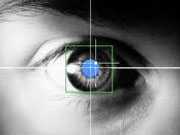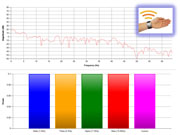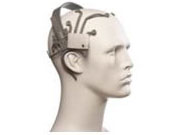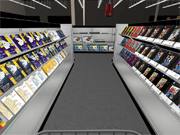Burning Questions

May
What is GSR??
jerry9789 0 comments Burning Questions
Here we discuss another interesting biometric research method, galvanic skin response, or GSR.
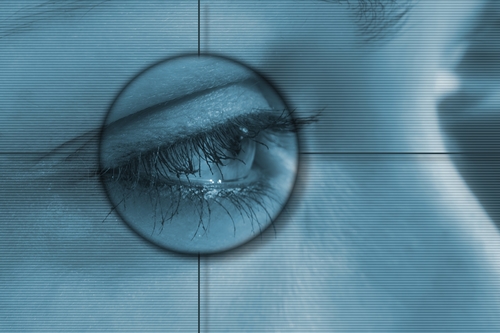
May
In the search to better understand emotional reactions to stimuli and the workings of the subconscious, marketing researchers have turned toward the use of numerous technologies. Here we discuss one of them, facial electromyography, also known as fEMG.
Facial electromyography is a technology that enables researchers and medical professionals to measure muscular activity in the eyes. The process quantifies the tiny electrical impulses that are generated by actively contracting muscle fibers. Because fEMG monitors movement in the facial area, researchers can gain a greater understanding of the subtle emotional responses participants feel towards a particular stimulus. In particular, fEMG studies two types of muscles: Certain activity of the corrugator muscle is usually associated with negative feelings, and activity of the zygomatic muscle is usually correlated with positive emotions.

May
For a long time, corporations have been working to understand how to affect consumer behavior and influence more people to purchase their products. Market research has made some headway in this arena recently, explaining how the impulses that drive consumers to purchase are produced. Now, you may not realize it,  but it turns out that what makes you feel good is a part of the brain dubbed “the pleasure center.” It’s this center that makes us feel happy when kissed, that drives us to eat our favorite foods or play our favorite games, that makes us want to relax on the beach.
but it turns out that what makes you feel good is a part of the brain dubbed “the pleasure center.” It’s this center that makes us feel happy when kissed, that drives us to eat our favorite foods or play our favorite games, that makes us want to relax on the beach.
Laboratory tests have shown that rats who can control their pleasure centers with a switch will literally jump at the opportunity to do so. Scientists set up electrical pulses that control the pleasure centers of rats’ brains and found that the rats would sacrifice anything to continuously pounce towards the levers and experience electrical bursts of happiness. Disturbingly, rather than eat or sleep, these rats flipped their switches without end, stopping only when they died of sheer exhaustion…
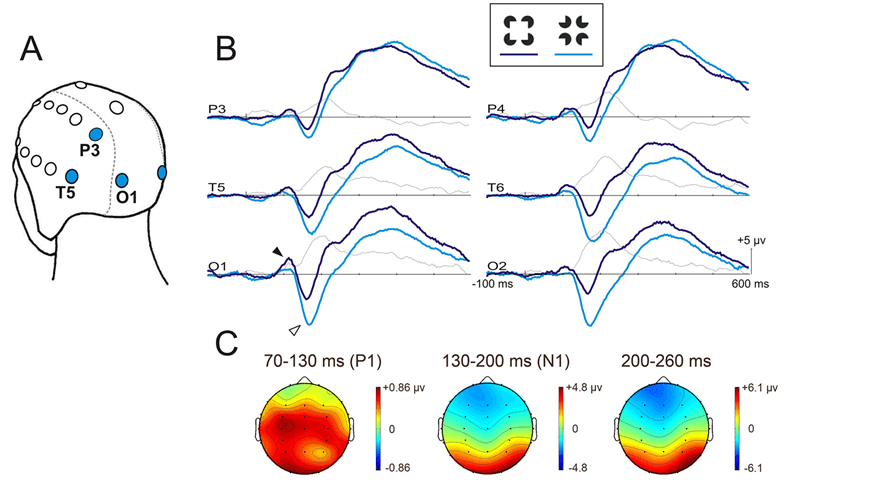
Apr
When you first think of market research methods, the image of surveys and focus groups may come to mind. However, market research has evolved, to the point that you may be unaware what methodologies are being used today. While methods have grown more complex, they’ve also gotten a lot more interesting. Here are some examples of how much the game has changed.

Apr
 Most people know great design when they see it, but they have a difficult time defining exactly what it is. People have a strong desire for great design and science is
Most people know great design when they see it, but they have a difficult time defining exactly what it is. People have a strong desire for great design and science is
now beginning to discover this as well. Studies of the brain have demonstrated that attractive design can often trigger hand movement in the motor cerebellum of the brain. Humans have a desire to literally reach out and touch that which they think is a great design. Science is at a loss to understand why this is true, but through experiments they are documenting that it does exist.
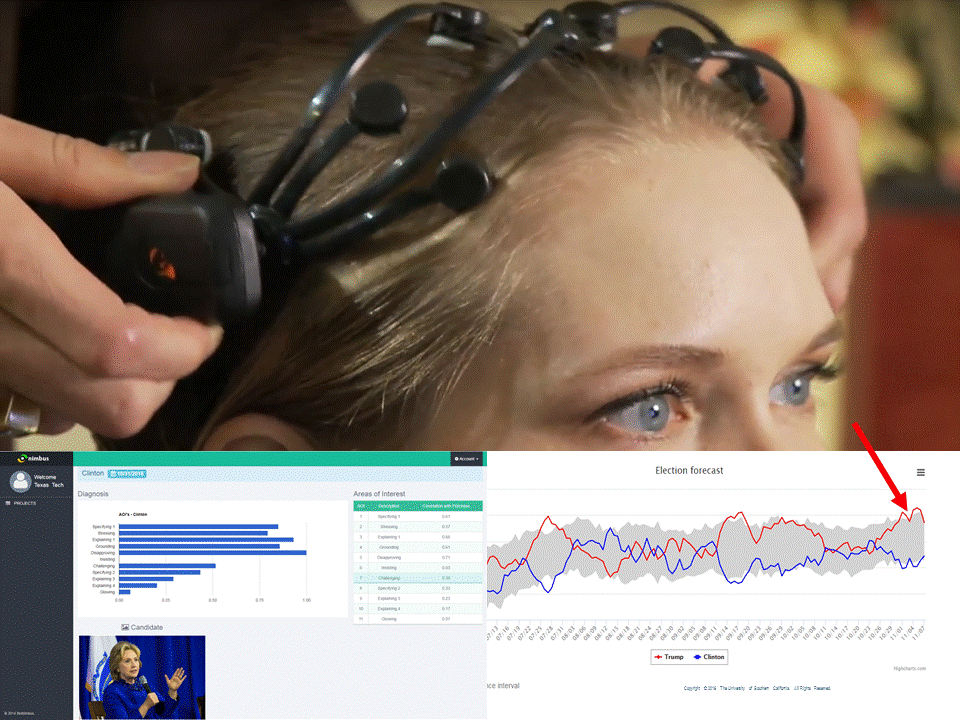
Apr
When the Eye Wanders, We Can Tell You Why: Our Guide to Eye Tracking
jerry9789 0 comments Burning Questions
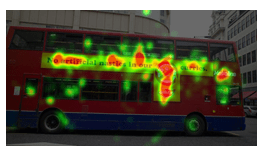 When the eye wanders, a skilled eye tracking technician can tell you why. Eye tracking is the technique of following a subject’s visual gaze, and discovering what attracts the eye in certain directions. Eye tracking provides helpful clues to the optimum design of everything from a simple printed page to a vast department store layout; it can also give product designers good information about the attractions of certain colors, shapes and features. Technical advances over the past 10 years have allowed the science of eye-tracking to move out of the scientific laboratory and into the toolkits of marketing professionals.
When the eye wanders, a skilled eye tracking technician can tell you why. Eye tracking is the technique of following a subject’s visual gaze, and discovering what attracts the eye in certain directions. Eye tracking provides helpful clues to the optimum design of everything from a simple printed page to a vast department store layout; it can also give product designers good information about the attractions of certain colors, shapes and features. Technical advances over the past 10 years have allowed the science of eye-tracking to move out of the scientific laboratory and into the toolkits of marketing professionals.

Apr
A common, popular conception of market research consists of women trying on lipstick in a small room with a two-way mirror, a la Mad Men. It’s amazing to think that in ten years this image may be drastically altered, most likely replaced by one of people browsing grocery store aisles with an EEG band strapped to their heads (Quite possibly, this EEG band actually will be part of a virtual reality machine digitally simulating the supermarket, but that’s a discussion for another day).

Mar
I remember receiving gifts as a child and animalistically ripping open carefully wrapped boxes to get at the contents inside. Honestly, I suppose I still do the same today on occasion. Although some thought has certainly gone into the wrapping of these gifts, often the packaging went—and still goes—unappreciated. The same can be said for packaging at the everyday level; many people think only about the chips inside the bag or the contents inside a shipping container, not about the complexity behind the development of the bag or the container themselves.

Mar
How Does Virtual Reality Improve Insights from Market Research?
jerry9789 0 comments Burning Questions
Virtual reality – Regardless of age, to some the idea may seem fantastical, vague, perhaps belonging only to science fiction. To others, virtual reality is a logical technological next step, or past step, actually, as it’s been in use in various forms for quite some time now. With regards to marketing research, although virtual reality technology is not the norm, its presence is increasing.
Mar
You know the old saying: something that sounds too good to be true…is.
Webcam eye tracking has been touted as a sort of redeemer: you don’t have to pay those ugly meanies at Tobii, SMI, ASL, etc. those exorbitant prices to track the eye with expensive cameras, extra infrared lighting, fancy monitors, and elaborate software. Easy as you please, you can just use the camera embedded in your computer and voila! — eye tracking results at Wal Mart prices. Well, Aga Bojko has done us all a great service by conducting practical tests with webcam eye tracking and exposing these fallacies. Her results are here.



